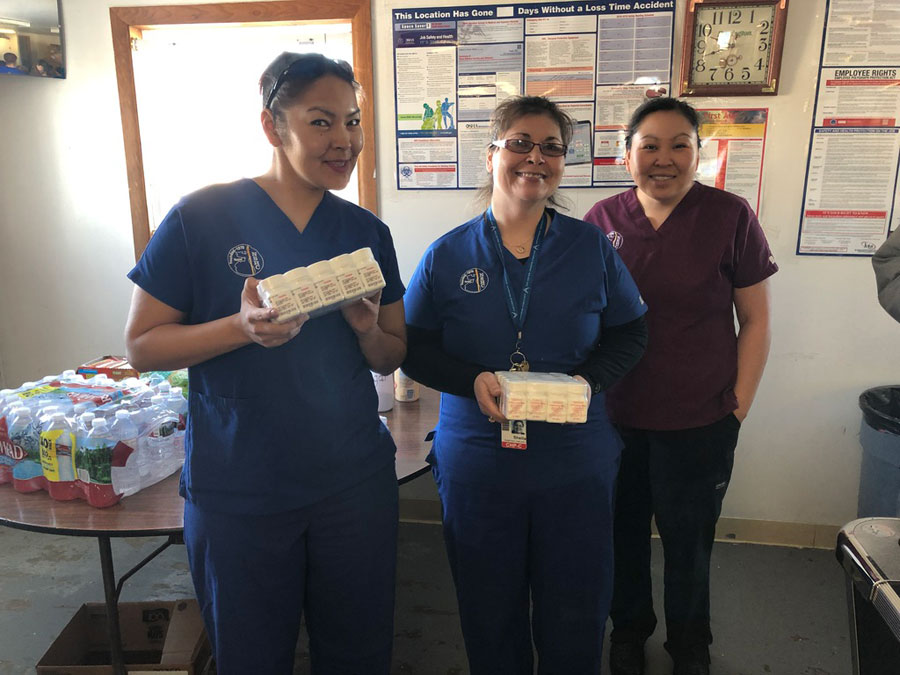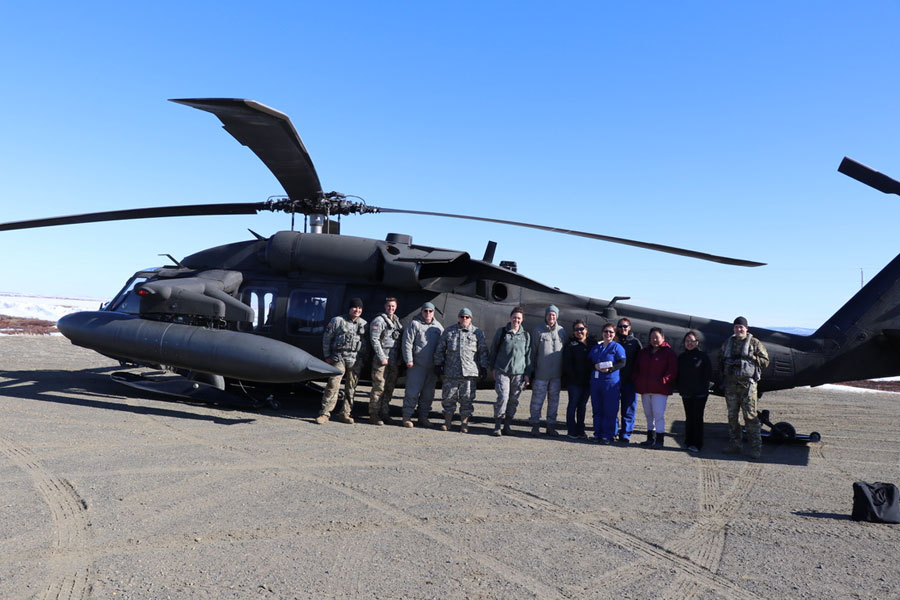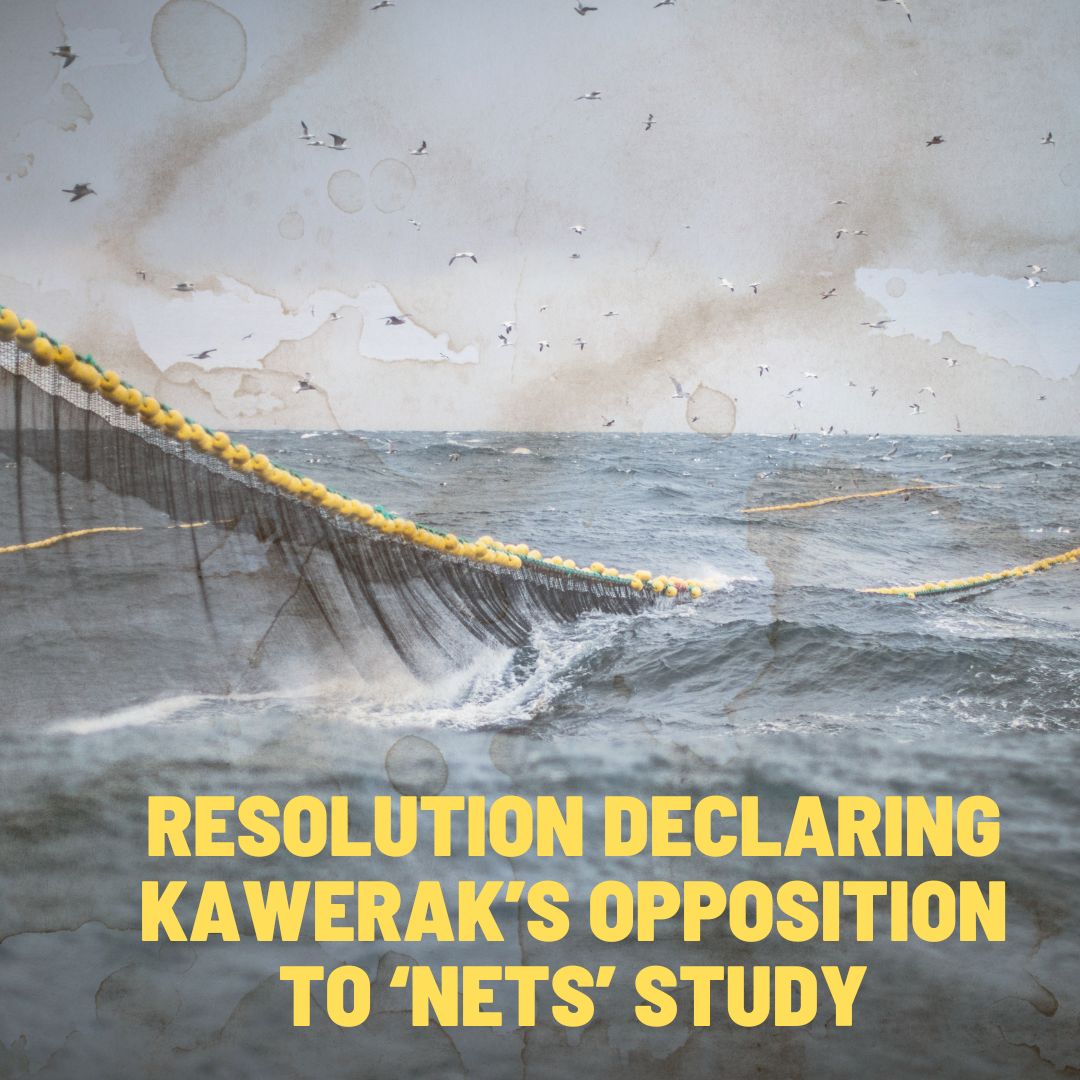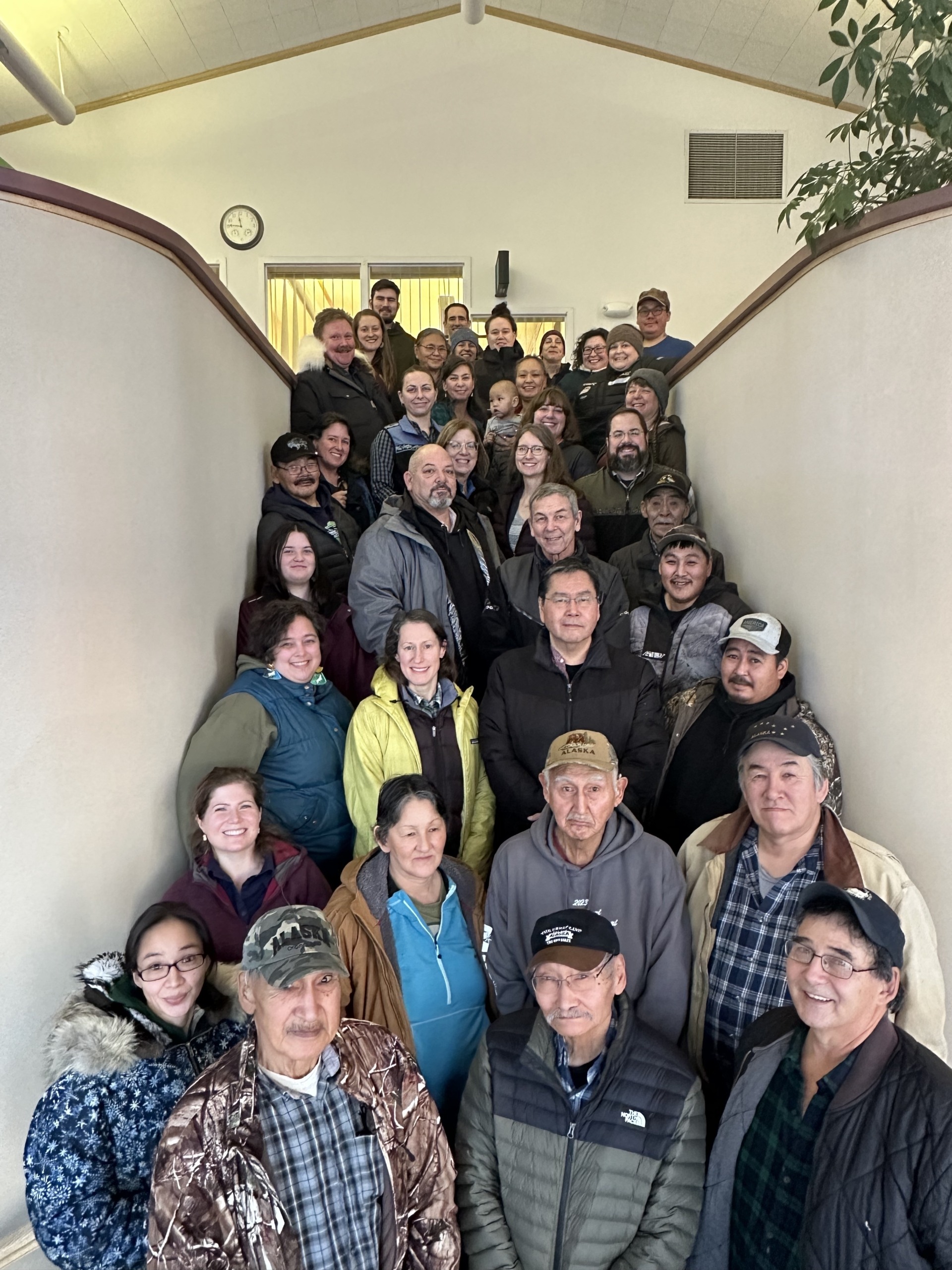On April 10th the State of Alaska released a public service announcement stating the Pneumonic Plague was confirmed in Alaska to indicate the commencement of an EXERCISE in the State’s ability to respond to an epidemic and set up Point of Dispensing (POD) clinics across the state and deliver the needed antibiotics to these PODs. Kawerak’s Emergency Preparedness Specialist Charlene Saclamana asked the community of Shaktoolik if they would like to participate in this exercise, as they had a developed Small Community Emergency Response Plan (SCERP) and previously practiced a facilitated drill to activate their local incident command to successfully navigate the exercise. They accepted.
The Shaktoolik Incident Commander was Community Coordinator Sophia Katchatag, who ensured the annex was available and helped the various groups coordinate the local response, including Shaktoolik Health Aides Kristen Paniptchuk and Sarah Sampson, Village Based Counselor Caroline Asicksik, and a handful of local volunteers. Kawerak’s Emergency Preparedness Specialist Charlene Saclamana assisted with on the ground coordination from Wednesday to exercise completion Friday, although she found out they didn’t need much guidance. “I was excited to see how prepared they were already; they had reviewed the State Point of Dispensing plan and had assigned tasks for each person participating,” Saclamana said. She made herself available to answer questions, offer information and expertise on the response, and reviewed the SCERP with the “players”.
On Friday, after the medication was supposed to be shipped from Anchorage, Health Aide Manager Sheila Baker flew in the Army National Guard Blackhawk to deliver the medication. Unfortunately, in reality, the State of Alaska medication did not arrive prior to launch of the Blackhawk, as the Alaska Airlines jet carrying the practice medication was cancelled the previous evening. However, the drill continued with the 40 medication bottles that had been delivered prior, and a delivery of fresh fruit and water to volunteer participants was carried on Friday instead.
After arrival of the Blackhawk, the call went out to the community to visit the POD from 11am-1pm in the Annex as determined by the Incident Command. Local volunteers worked together to register community members into the clinic, Sampson screened participants and Paniptchuk described the medication information included dose and side effects. At the end of the line volunteers received the antibiotics they needed for their households. Asicksik was available to assist any community members in case of any behavioral responses to the plague. Katchatag was available to direct and oversee coordination of the clinic.
Other visitors to Shaktoolik for the exercise included Public Information Officer Danielle Slingsby of Kawerak to facilitate communication between the state, local command and the community, and two officers from the Airforce to evaluate the exercise as well as provide physician oversight. The evaluators were able to observe patient care, patient treatment, health aide interaction with the patients and provide patient education.
The drill was evaluated to be a success. “I am impressed at the dedication and commitment that they (the local response team) have towards their community” concluded Saclamana. “Their ability to organize and respond to an incident was apparent.” The Shaktoolik team put to practice their SCERP and their plan to dispense the treatment medication to see what it would be like in the event of a real emergency. Congratulations to the Shaktoolik Community and kudos for a job well done!
If you are interested in Small Community Emergency Response Plans (SCERP) or would like more information on Emergency Preparedness in the Bering Strait, contact Charlene Saclamana, csaclamana@kawerak.org, 907–443-4337 and visit www.kawerak.org/emergency.







